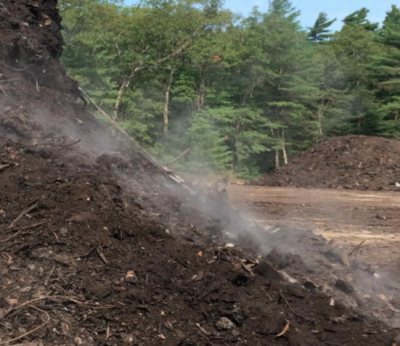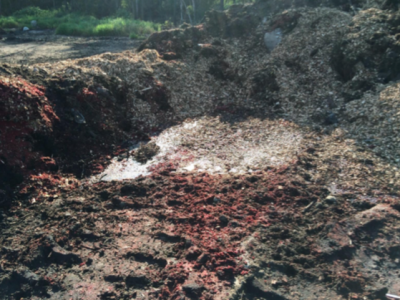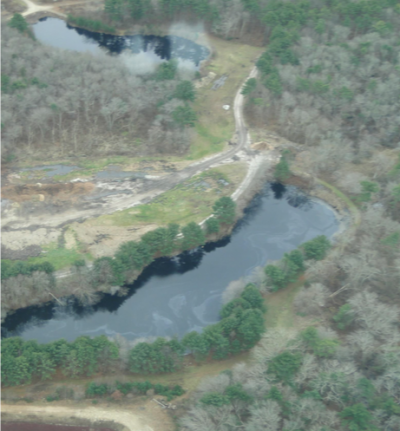Industrial compost pollutes watershed, could cost residents
As the Massachusetts Department of Environmental Protection proposes limits on nitrogen pollution in the Slocums River and Little River watersheds, Dartmouth’s Board of Health says its data is missing something big: the town’s eight industrial composting facilities.
Director of Public Health Chris Michaud said that these compost facilities take in about 40 percent as much waste as Crapo Landfill, but are not closely regulated by the DEP or the Department of Agricultural Resources.
Most of these facilities were created in the wake of 2014 legislation that banned businesses which produce a large amount of organic waste from disposing of it in landfills.
“This is a state permitting regime that has given [businesses] an open door to bring in organics from wherever,” Michaud said.
That meant that thousands of tons of cranberries, seafood, fruit, and other waste needed a new destination.
He emphasized that most of the waste composted in Dartmouth is not from Dartmouth, so the town’s watershed is absorbing far more nitrogen pollution than it would without this legislation.
“I think up until now, [the compost sites have] been looked at as a nuisance,” Michaud said.
He wants to use the public comment period for the new nitrogen pollution standards to bring attention to the impact of these composting sites on the watershed.
If the pollution levels are made official by the Environmental Protection Agency, the town will be responsible for making sure they are met. Dartmouth has already done a lot of work to reduce pollution in the town by expanding sewering and changing bylaws to control run-off.
Michaud is concerned that unless state agencies start regulating the composting facilities, it will be town residents who have to pay the price for pollution management.
The easiest way to cut nitrogen levels is for residents to update their septic system. But that costly change would have a relatively small effect — especially if composting facilities continue to operate in the same way.
“It is troublesome to try to set a goal of reaching that target concentration [of nitrogen] when there has been an ongoing effort by the state to undermine that concentration,” Michaud said.
Ponds affected by stormwater runoff from the composting sites had nitrogen levels approximately 20 and 64 times greater than ponds not affected by the compost.
“The gains being made in the front yard are being erased in the backwoods,” Michaud said.
Working on behalf of the Board of Health, Michaud outlined these concerns in a letter to the DEP during the public comment period on the potential pollution limits.
The comment period extends through Oct. 31. Comments can be submitted via email to barbara.kickham@mass.gov or by mail to Barbara Kickham, Department of Environmental Protection, Division of Watershed Management, 8 New Bond Street, Worcester, MA 01606.
















